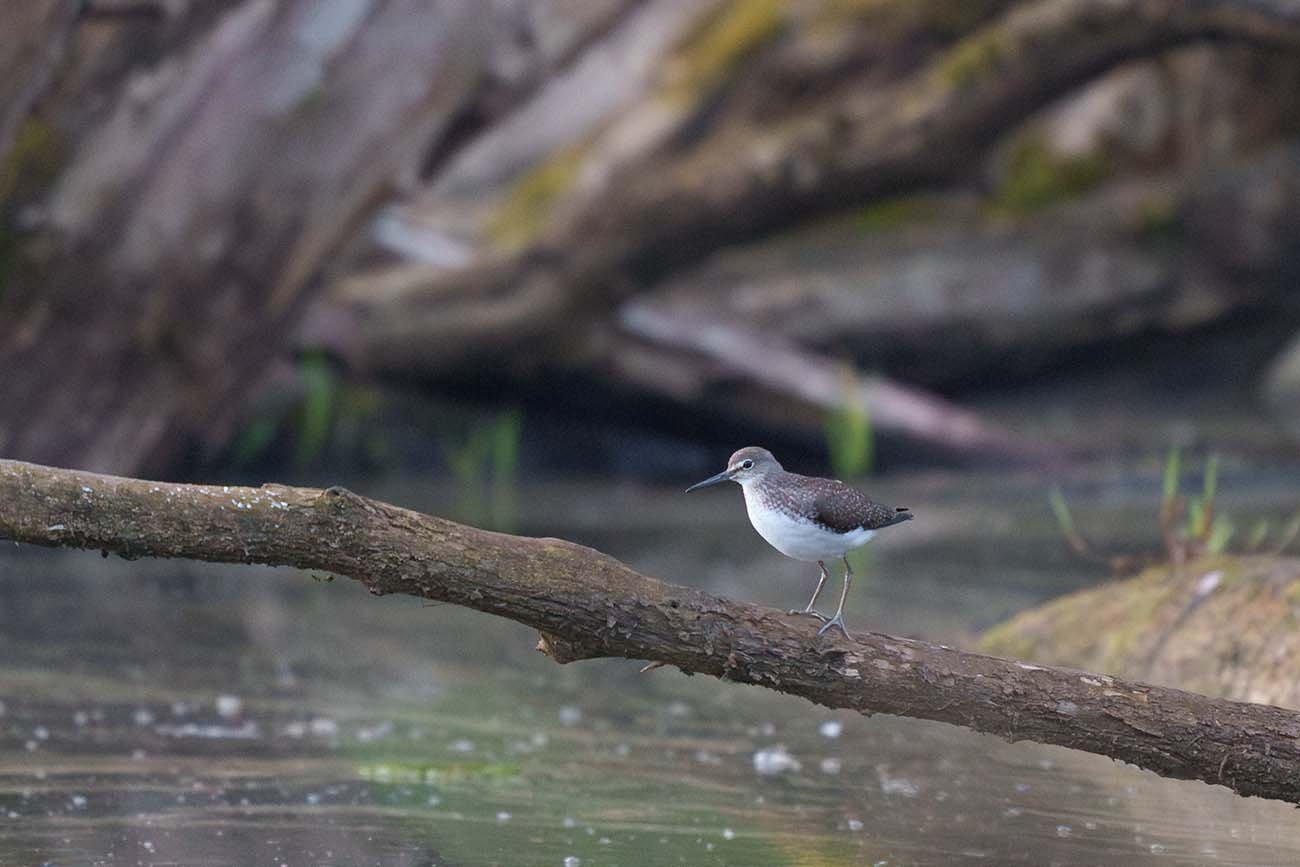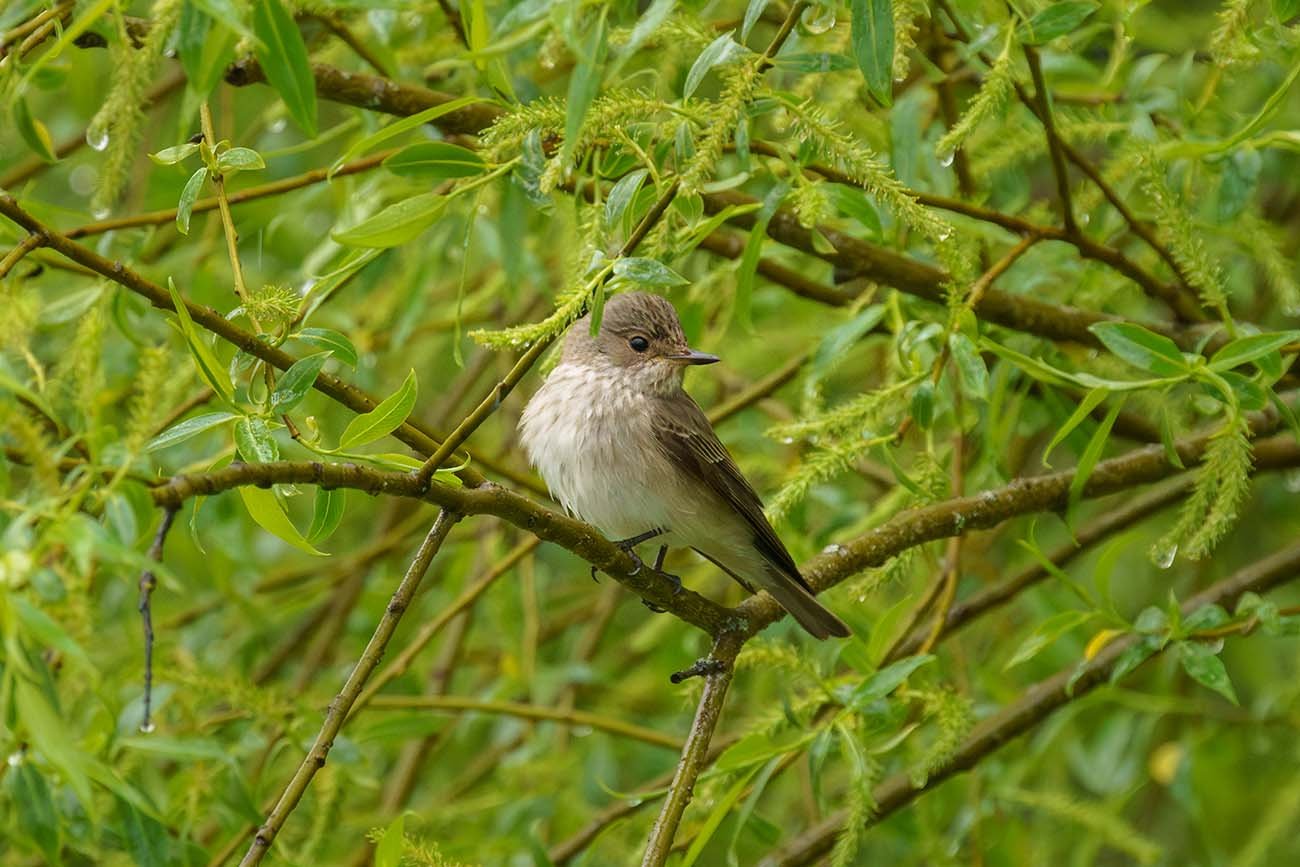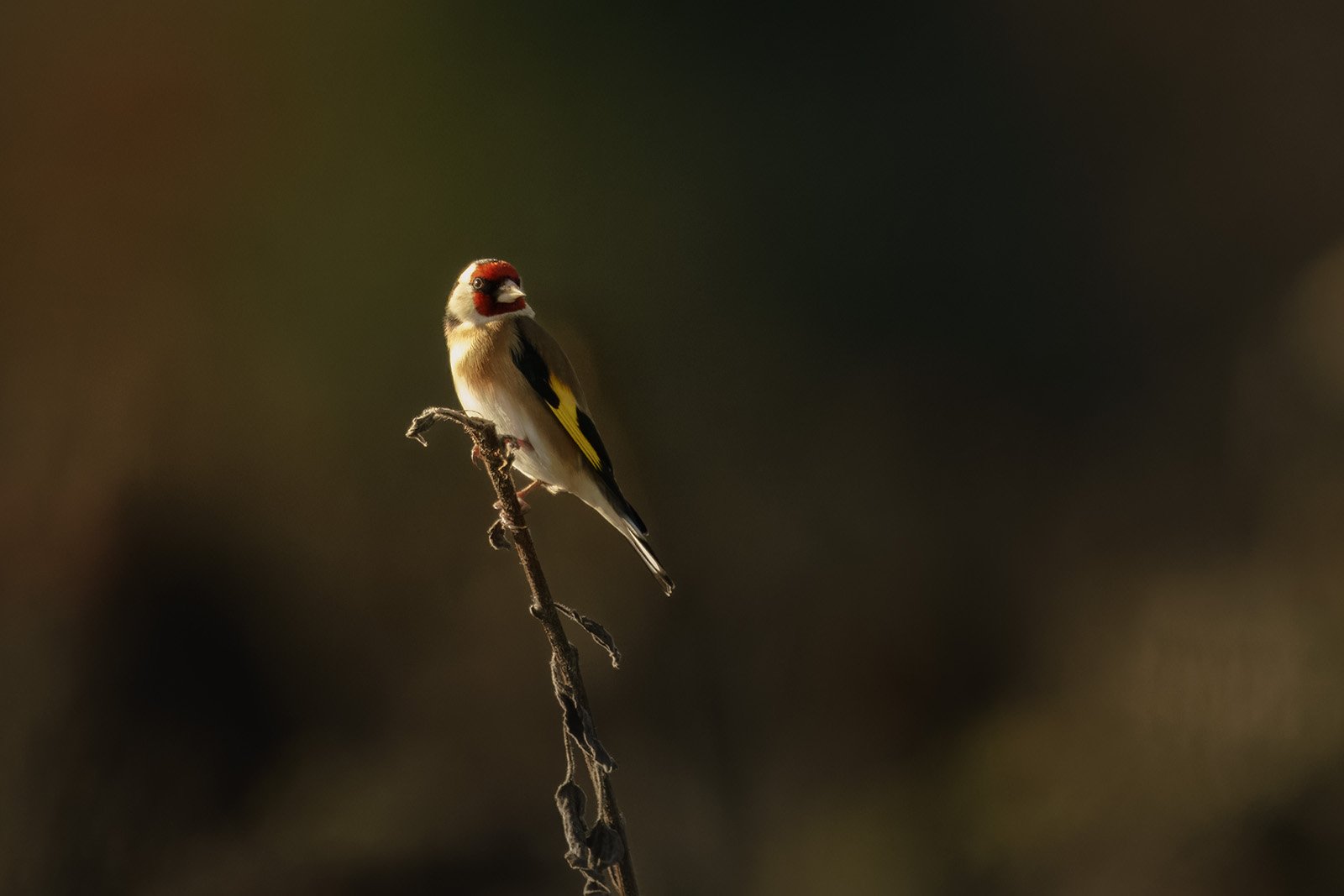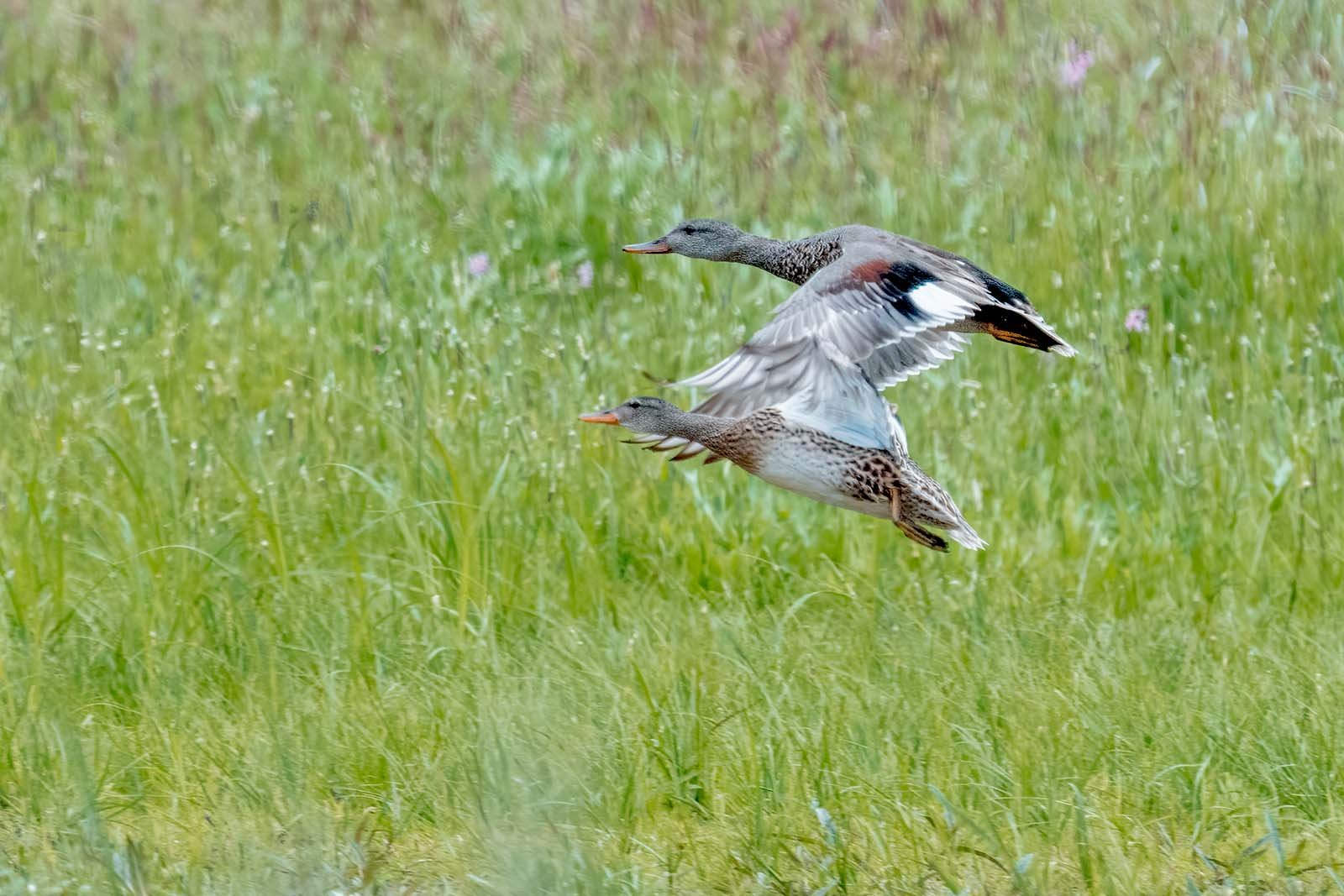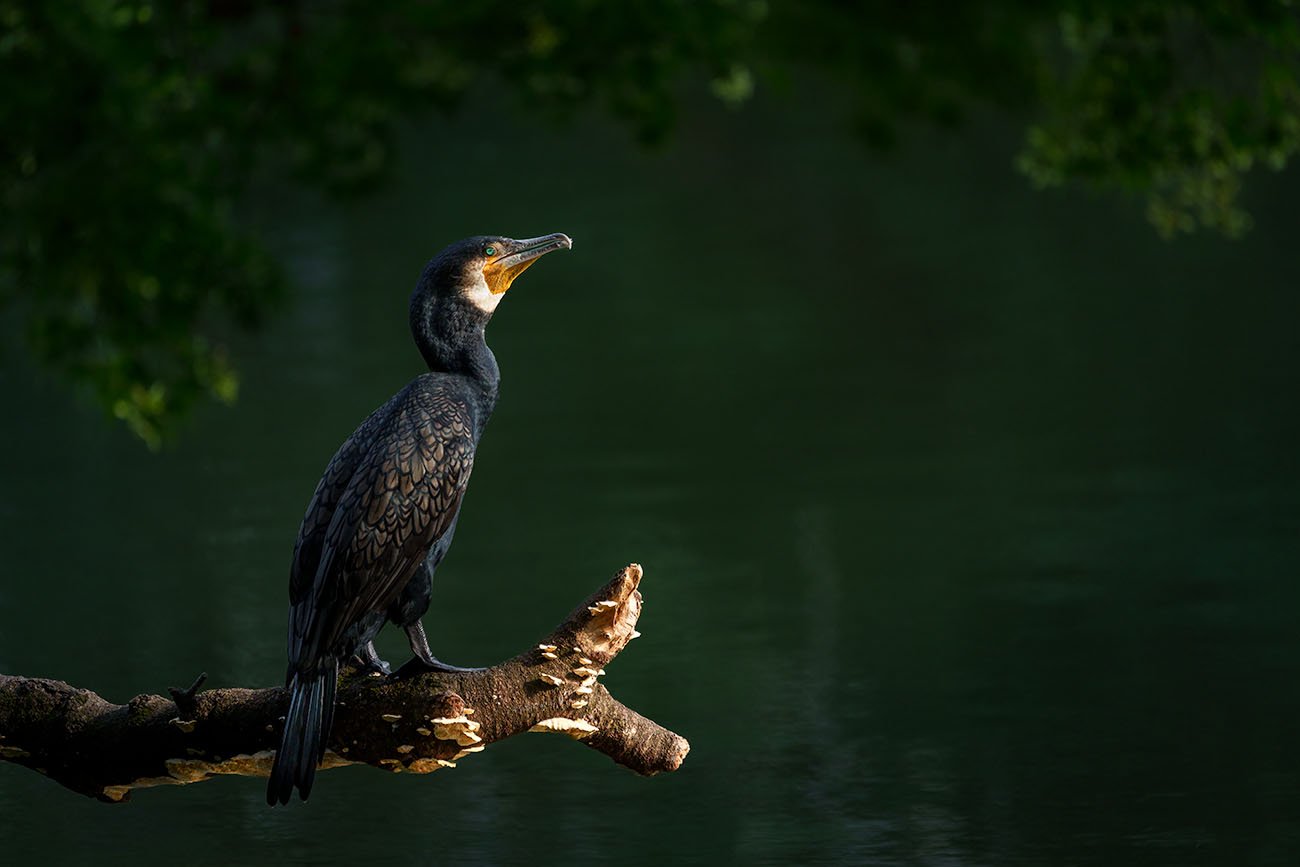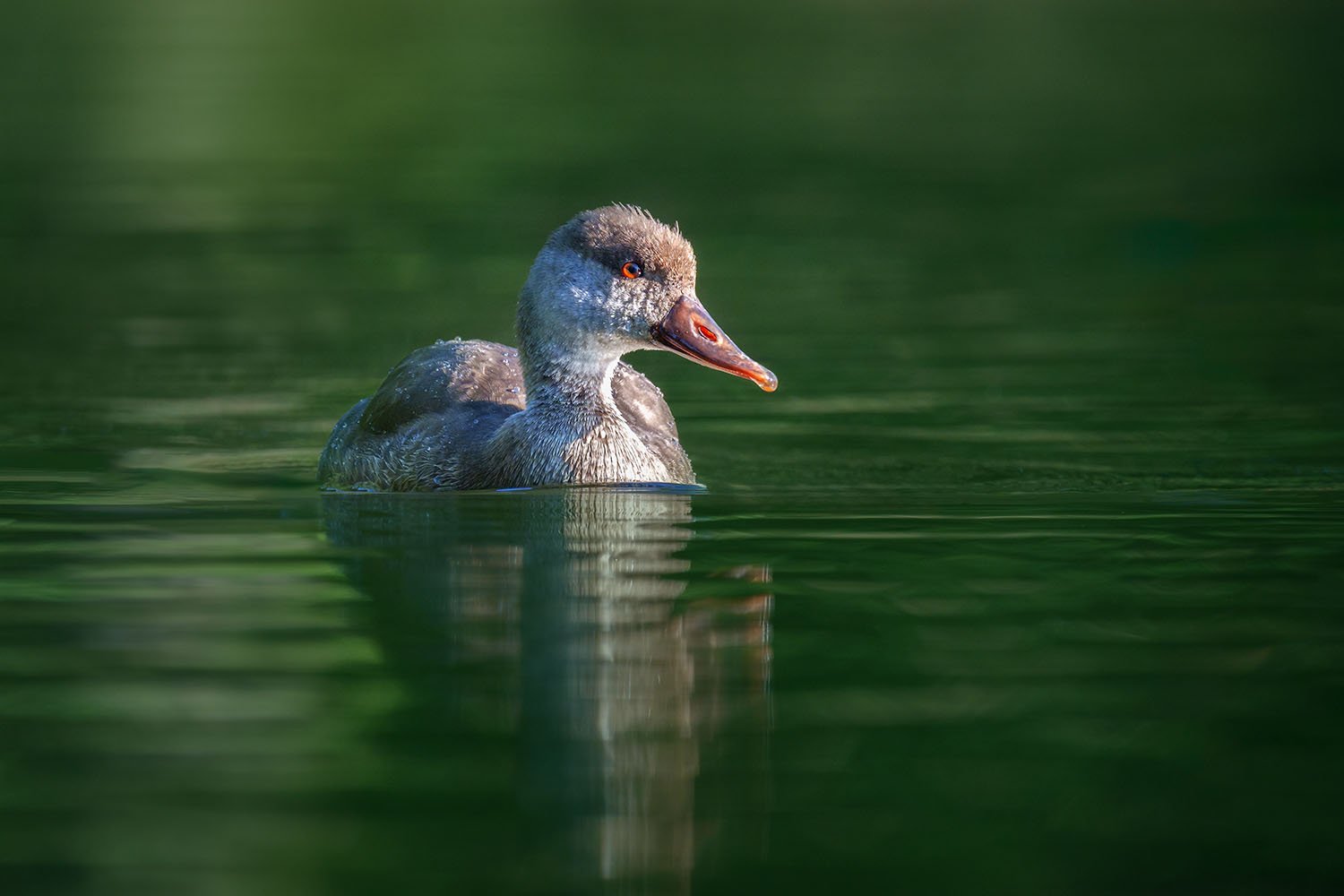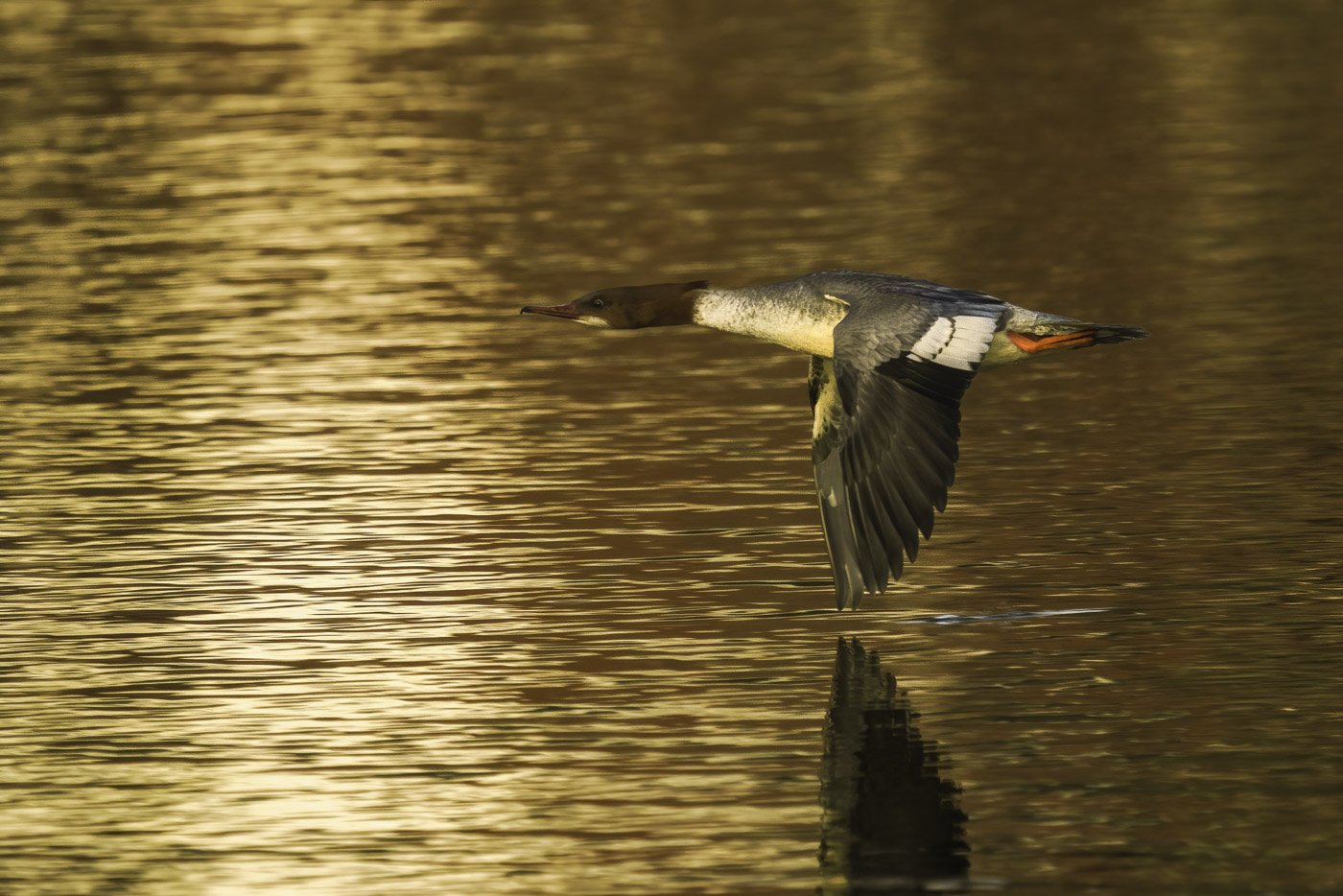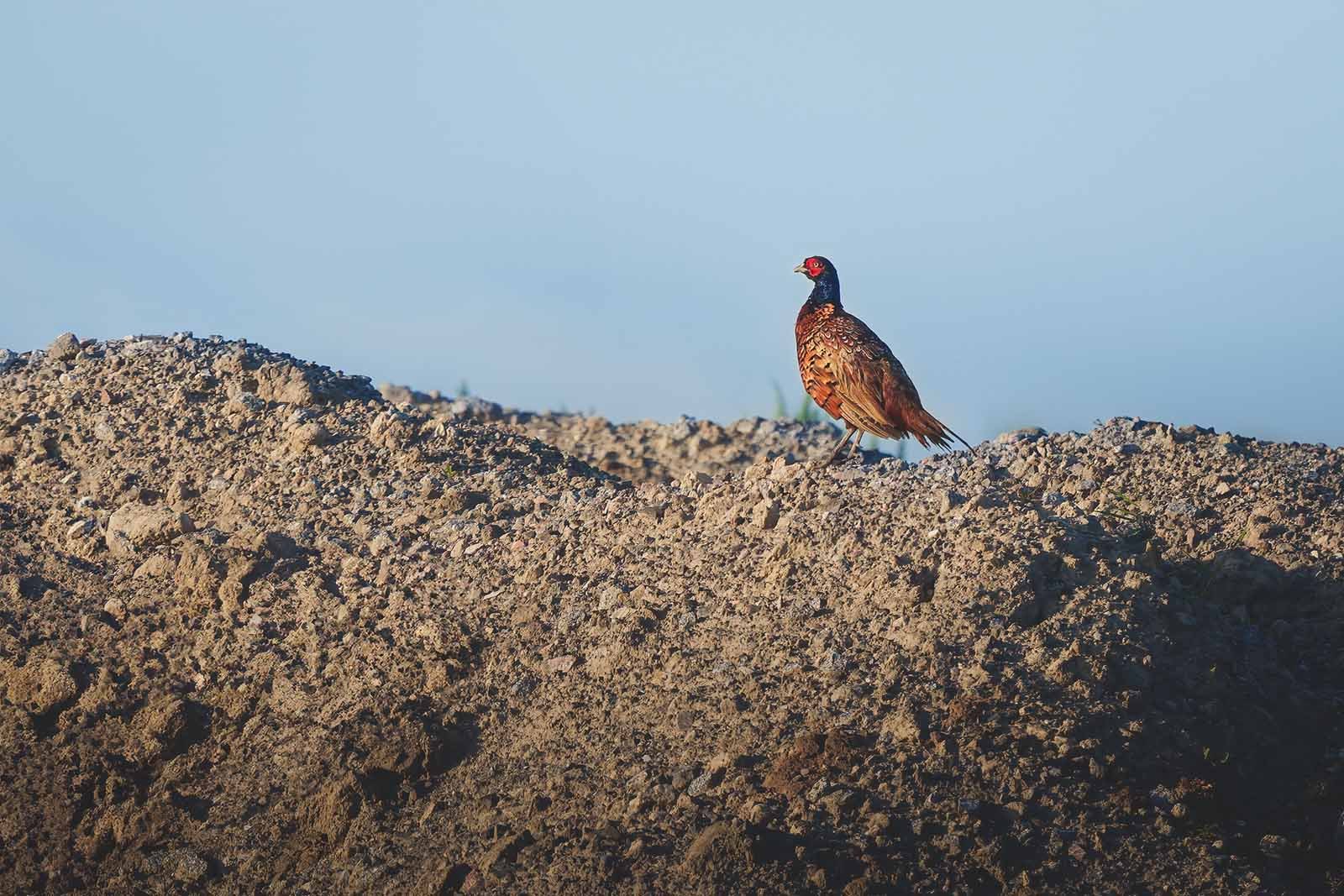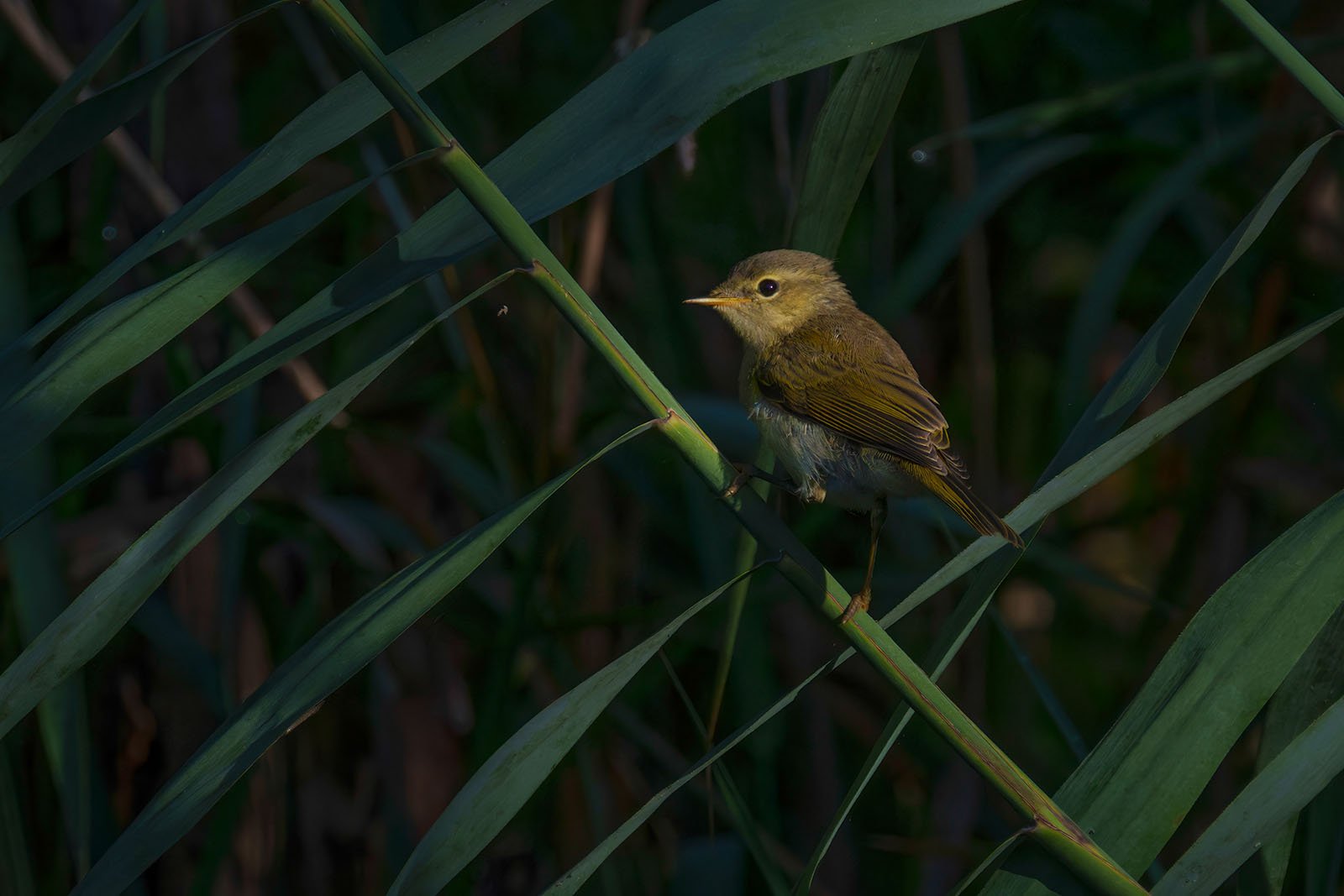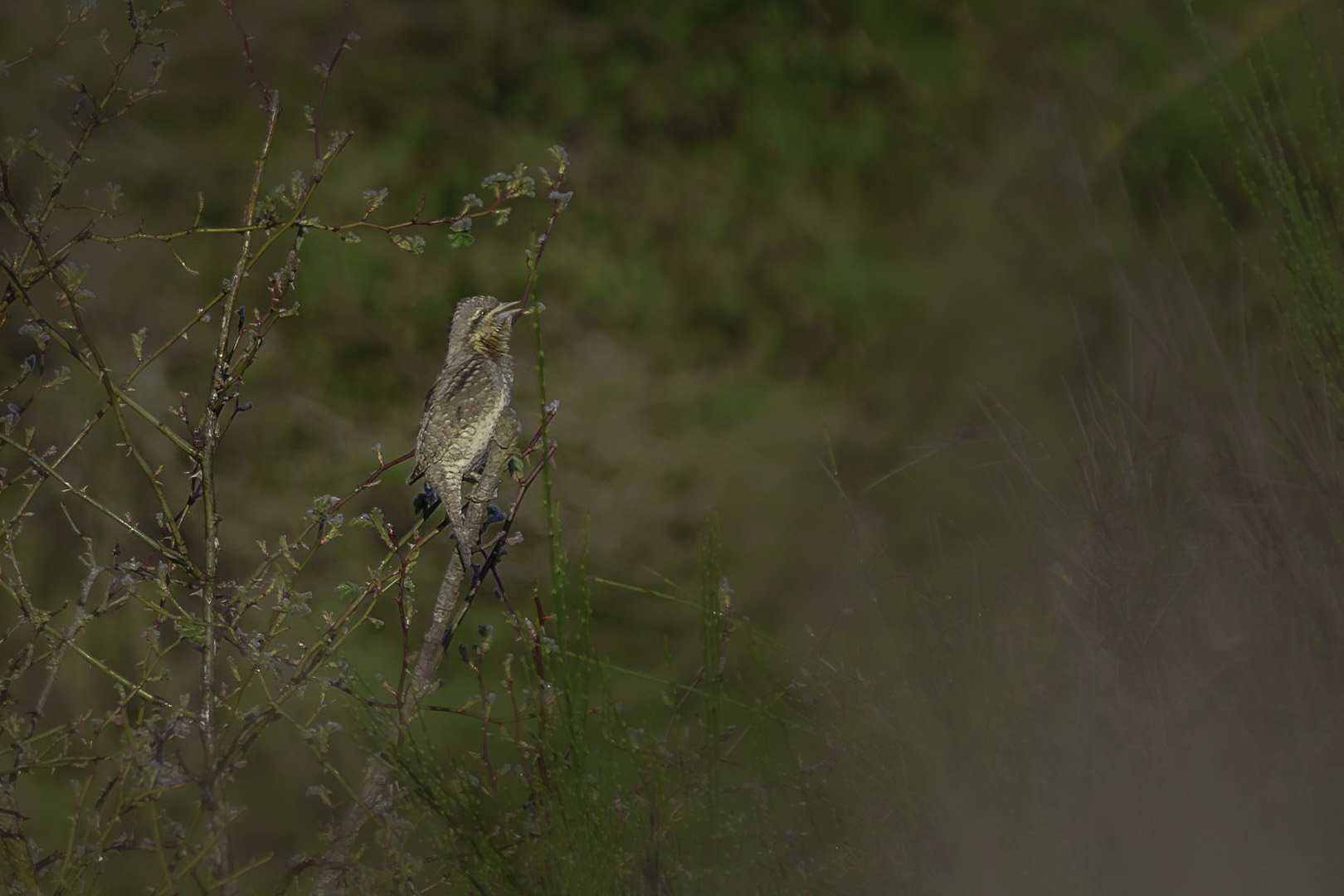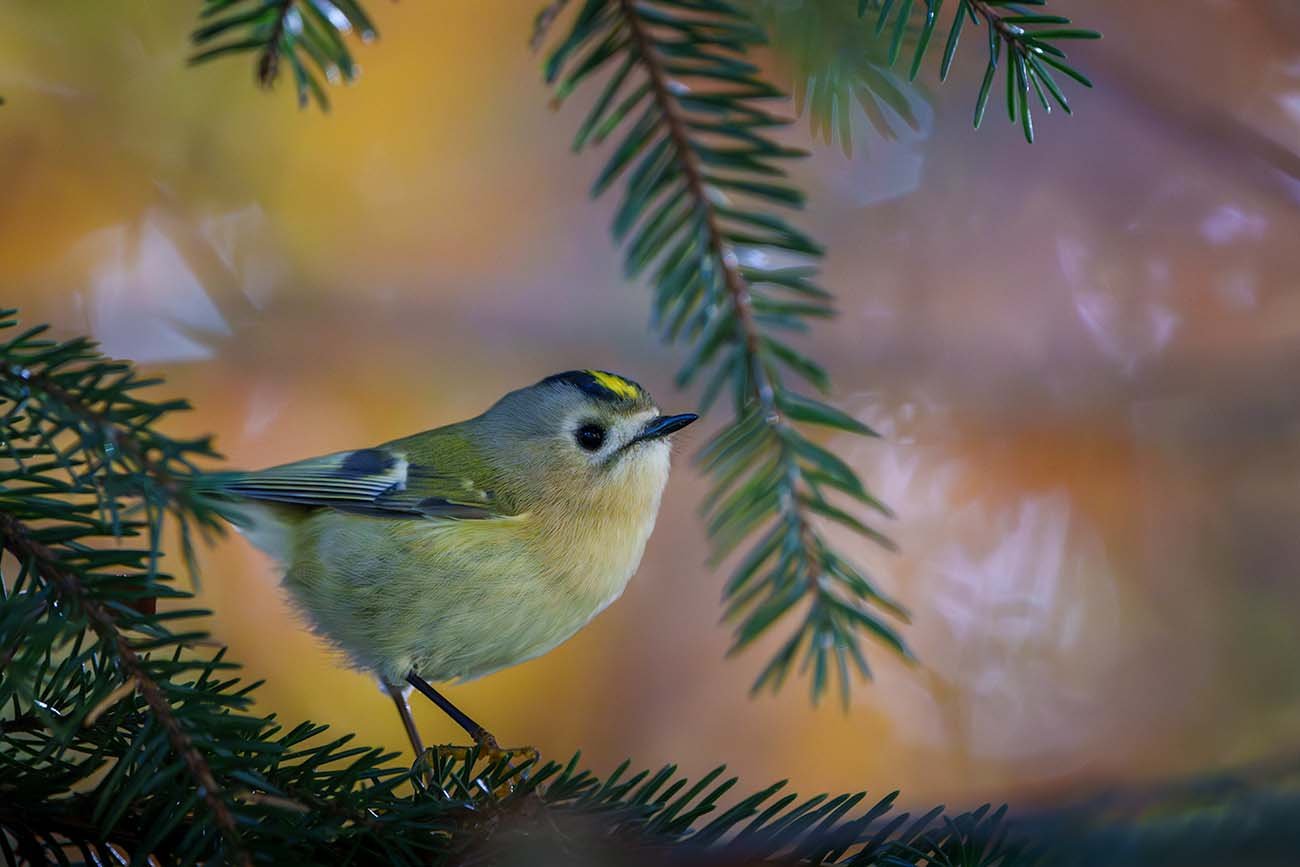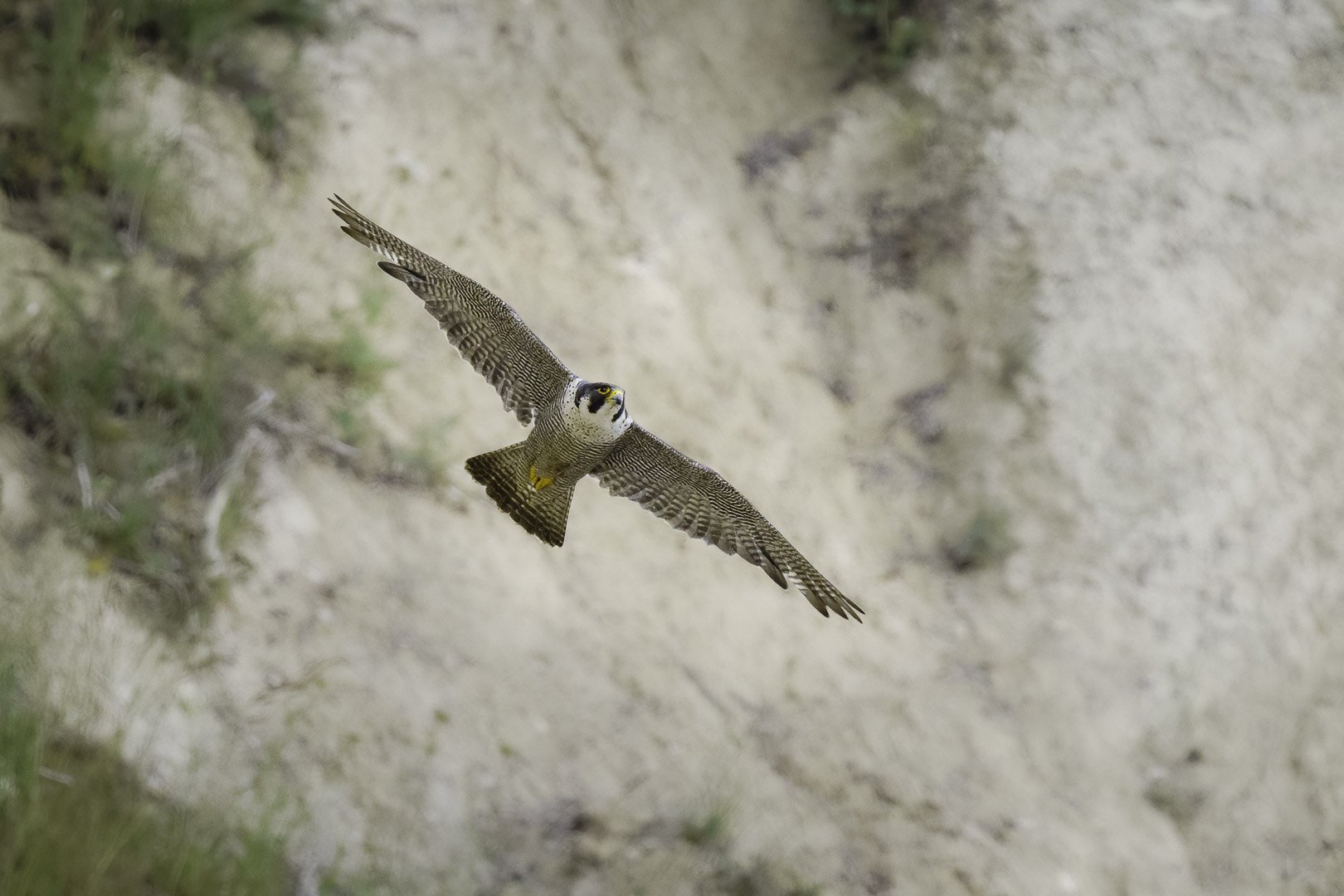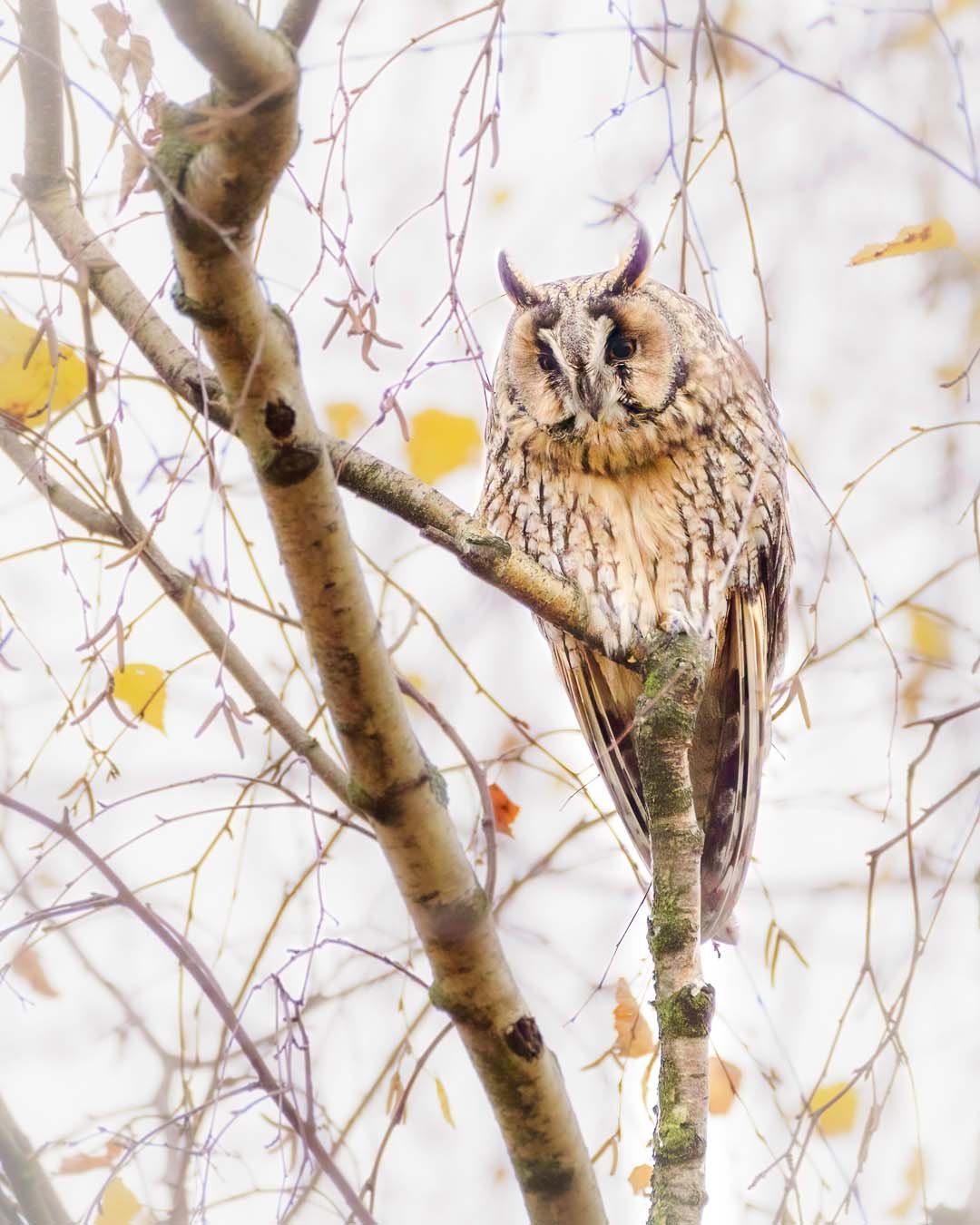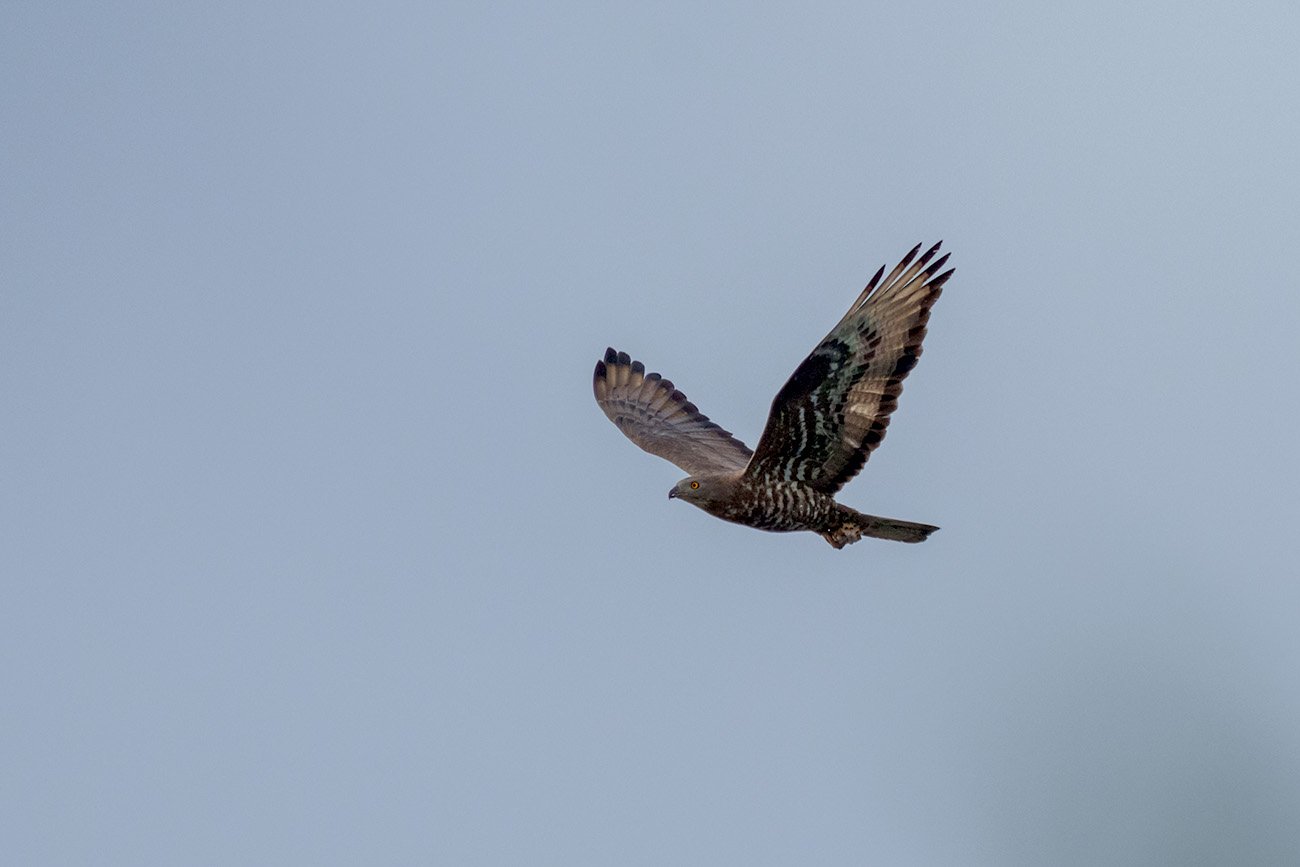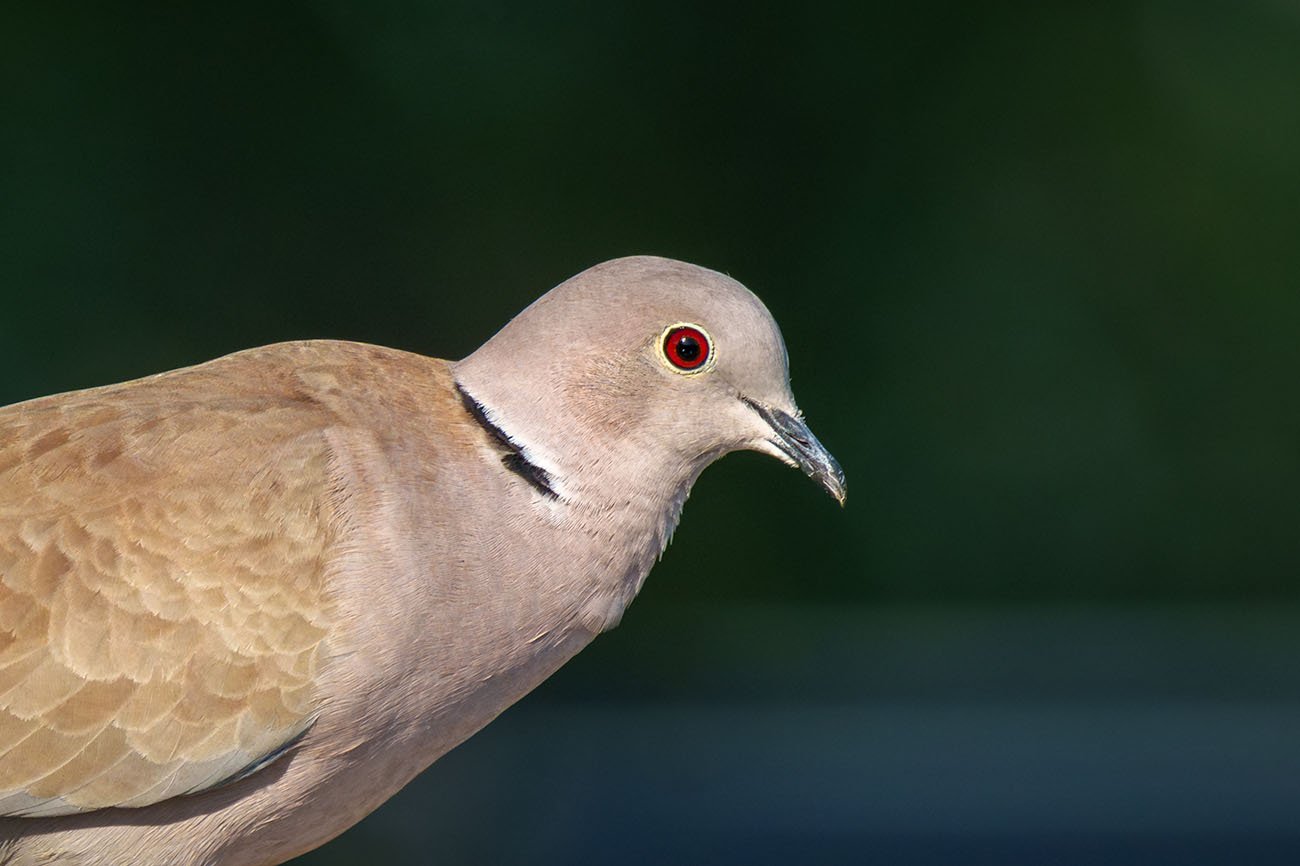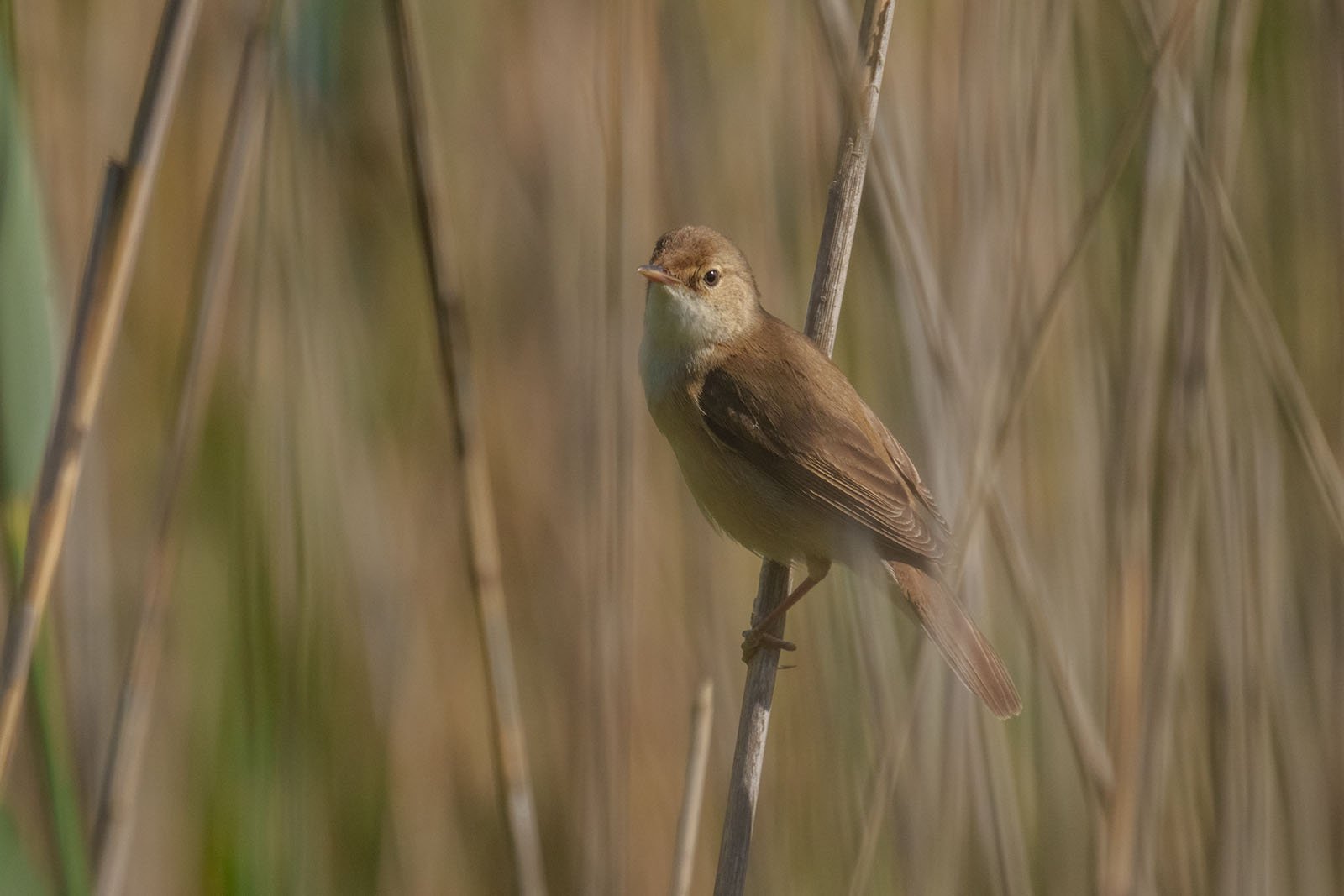Grey wagtail (Motacilla cinerea)
Grey Wagtail (Motacilla cinerea) on the bank of a mountain river
Table of Contents
- Key Facts about the Grey Wagtail
- Habitat and Behavior
- Appearance and Plumage
- Breeding and Nesting
- Diet and Hunting Techniques
- The Grey Wagtail and Its Habitat
- Tips for Photographing the Grey Wagtail
- FAQs about the Grey Wagtail
- Shortlist – Color Features
Key Facts about the Grey Wagtail
- Size: 17–20 cm
- Features: Long tail, yellow underside, and grey back
- Habitat: Flowing rivers and streams in mountain regions
- Breeding: Nests in riverbanks or wall crevices
- Diet: Insects and their larvae
Habitat and Behavior
Grey Wagtails live mainly near rivers and streams in mountain areas. Their typical behavior is the constant tail-wagging, which makes them easy to recognize. This tail-wagging is often seen when they are looking for insects on rocks or at the water’s edge. Their habitat provides them with both safety and plenty of food, making them an important part of the local wildlife.
Appearance and Plumage
The plumage of the Grey Wagtail has a clear color pattern. The back is grey, while the underside is bright yellow. The yellow rump and under-tail coverts add even more color. Males in breeding plumage stand out with their black throat, while females and young birds have a less striking, whitish throat. Another identifying feature is the reddish-brown legs, which are lighter compared to other wagtail species.
Breeding and Nesting
Grey Wagtails prefer to nest in crevices or small gaps near water. The nest is made of grass, moss, and roots, well-hidden for protection. Breeding starts in spring. The female lays up to six eggs, which hatch after about two weeks. Both parents feed the young, mainly with small insects.
Diet and Hunting Techniques
The main diet of the Grey Wagtail is flying insects and their larvae. With its slim beak, it can pick insects with precision, either from the water’s edge or even in mid-flight. The Grey Wagtail is a quick hunter and makes good use of its environment to catch food. You can often see it hopping over rocks by the river while searching for prey.
The Grey Wagtail and Its Habitat
This bird is a specialist for flowing waters in mountain regions. It feels most at home in higher elevations and can be found up to the tree line. In flatlands, it is rarely seen, as it needs specific conditions for feeding and nesting. The clean, cool waters of mountain streams are its preferred hunting ground.
Tips for Photographing the Grey Wagtail
Grey Wagtails offer great photo opportunities, especially in the early morning or late afternoon. The best place to find them is by rivers or streams where they behave naturally. Photographers should stay patient and quiet. The contrasting colors of the bird’s plumage look especially beautiful in soft natural light.
FAQs about the Grey Wagtail
1. Where can I find the Grey Wagtail most often?
Near flowing rivers and streams in hilly or mountain areas.
2. How can I recognize a Grey Wagtail?
It has a grey back, bright yellow underside, and a long, wagging tail.
3. What does the Grey Wagtail eat?
It eats insects and their larvae, which it catches at the water’s edge or in mid-air.
4. How do male and female Grey Wagtails differ?
Males in breeding plumage have a black throat, while females and young birds have a whitish throat.
5. Why does the Grey Wagtail constantly wag its tail?
The tail-wagging is a typical behavior of this species and might help with balance or communication.
Shortlist – Color Features:
- Size: 17–20 cm
- Back: Grey
- Underside: Bright yellow
- Rump and under-tail coverts: Yellow
- Throat: Black in males in breeding plumage, whitish in females and young birds
- Legs: Reddish-brown
- Eyes: Dark, with no noticeable eye-rings


